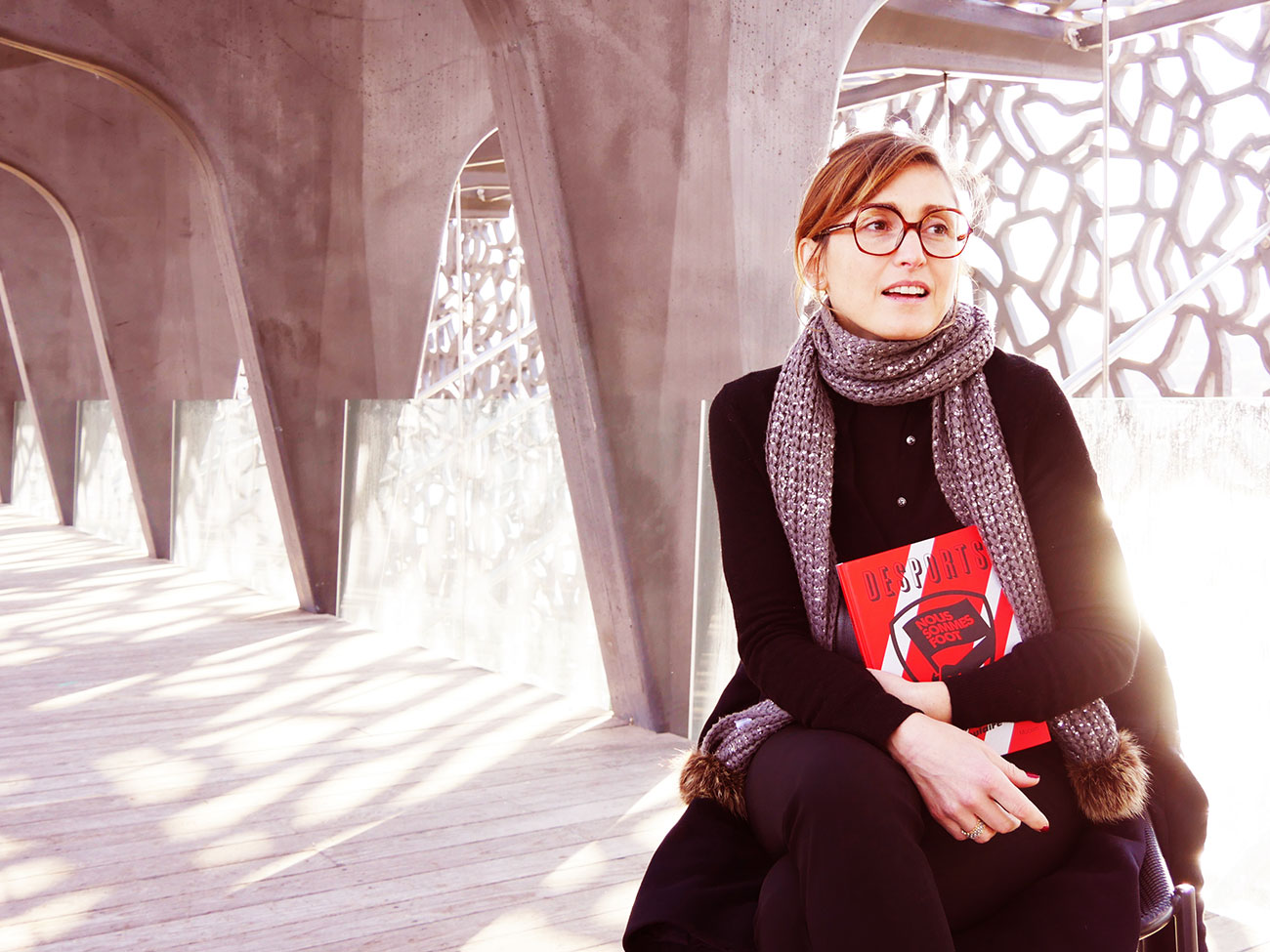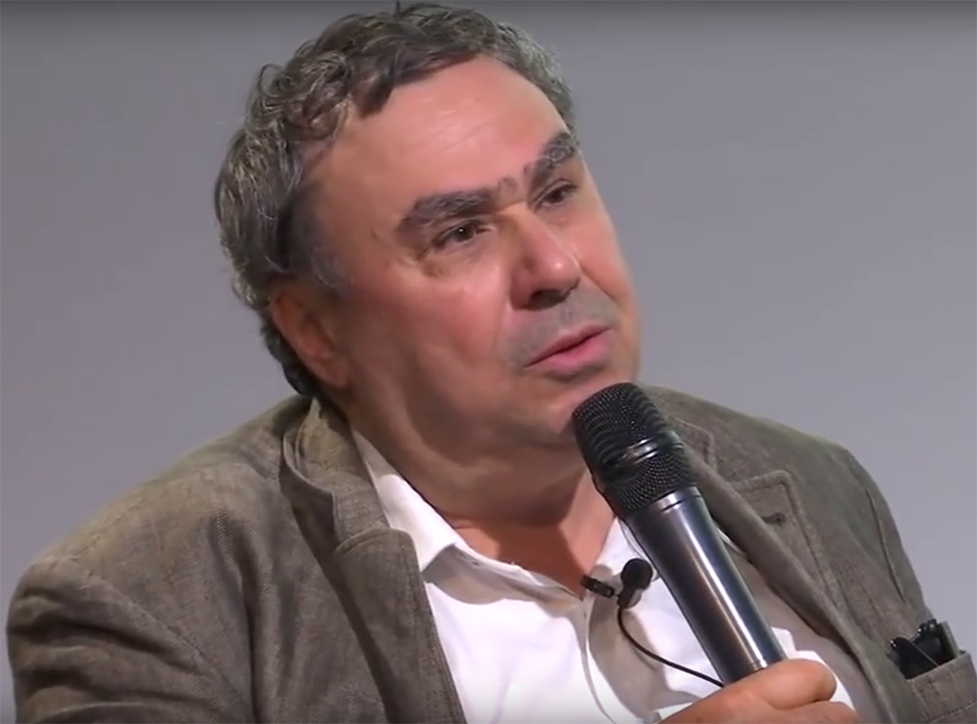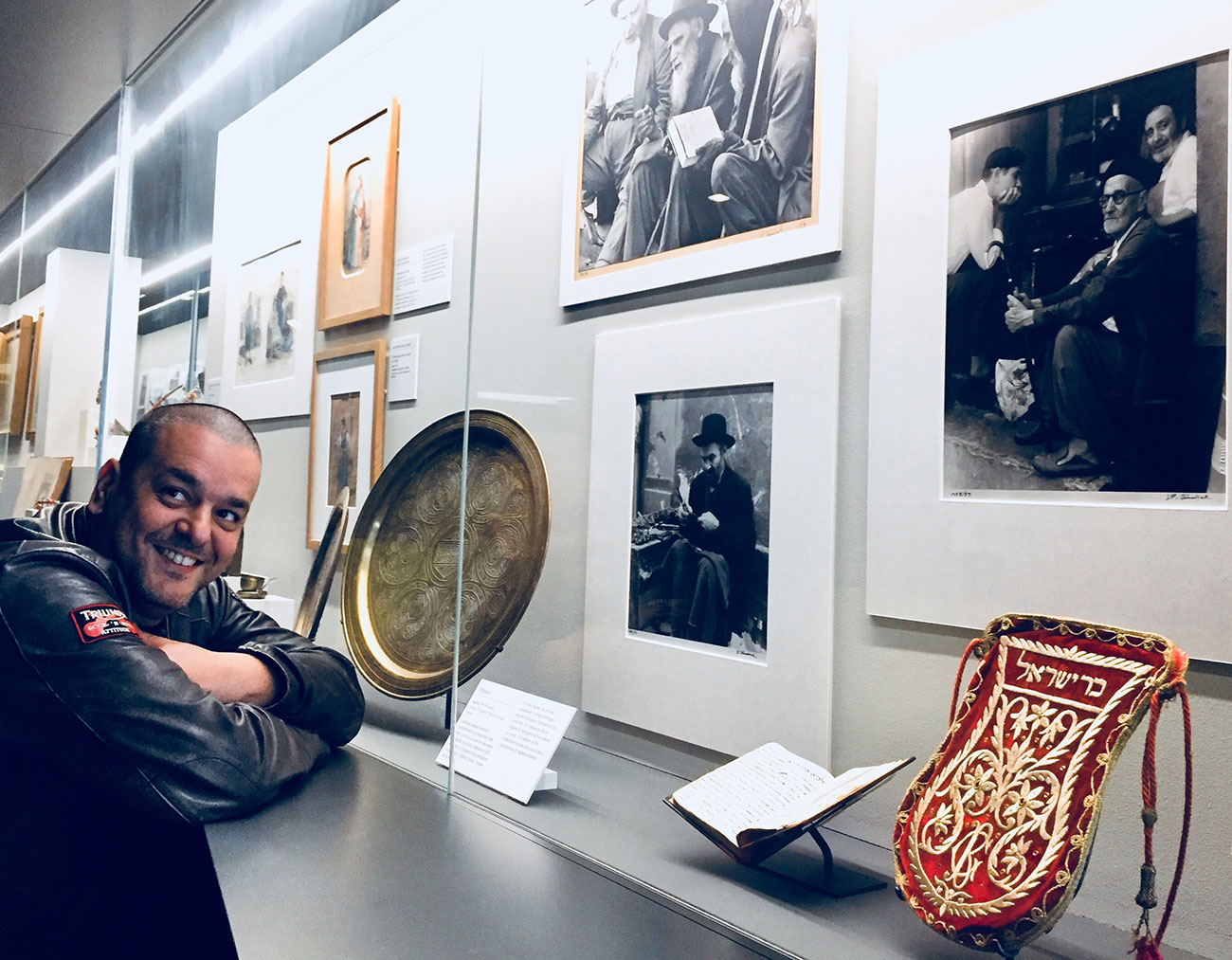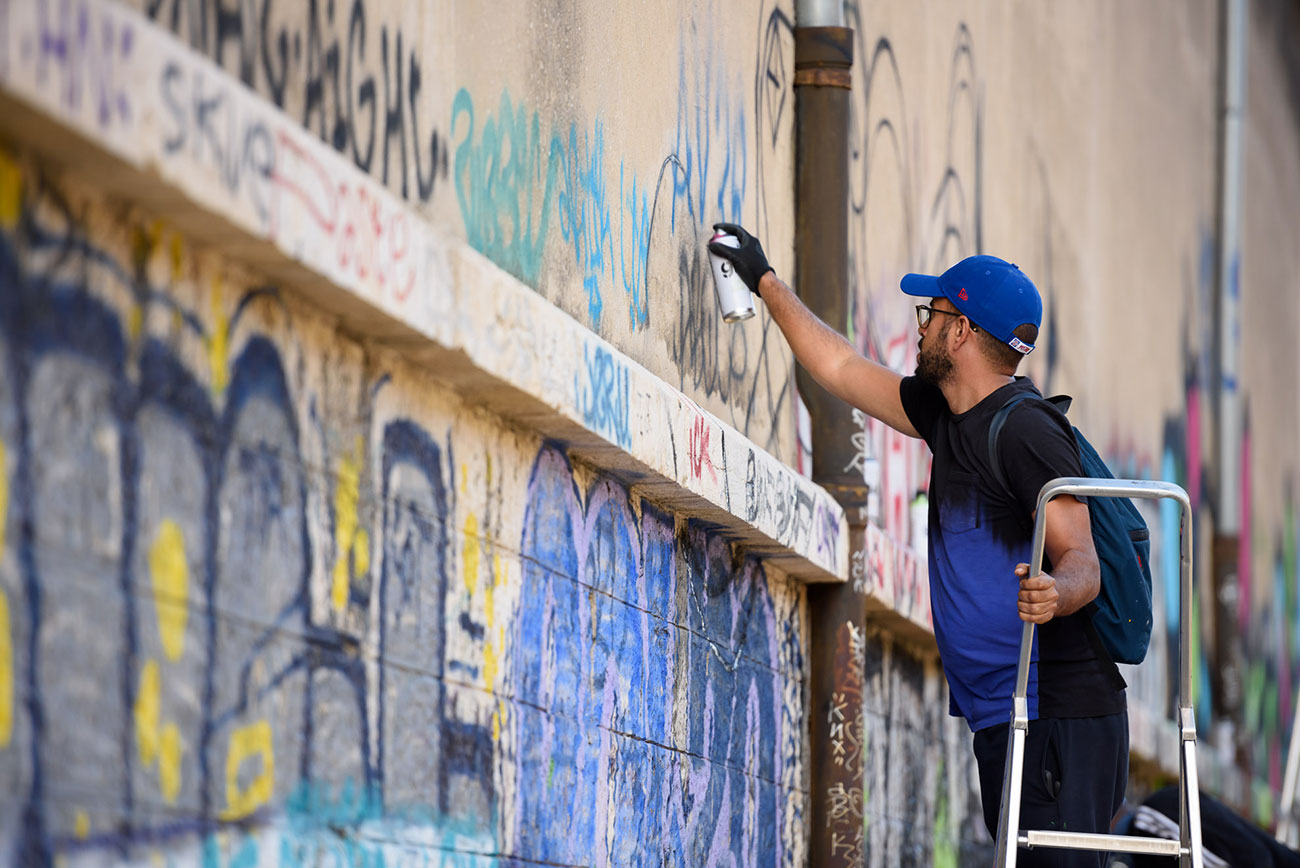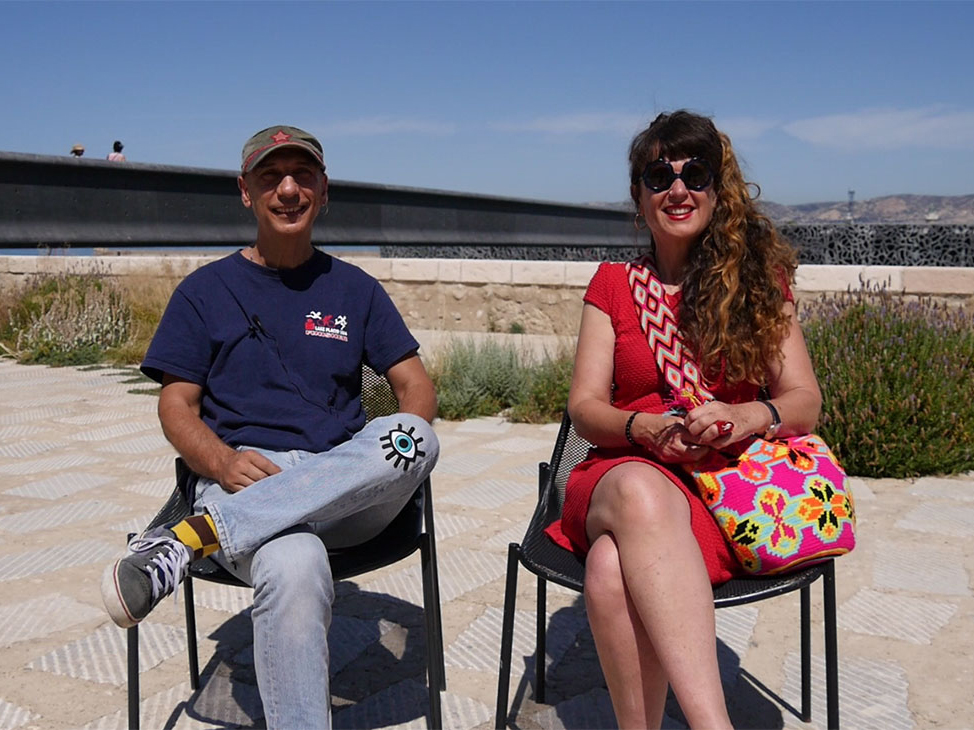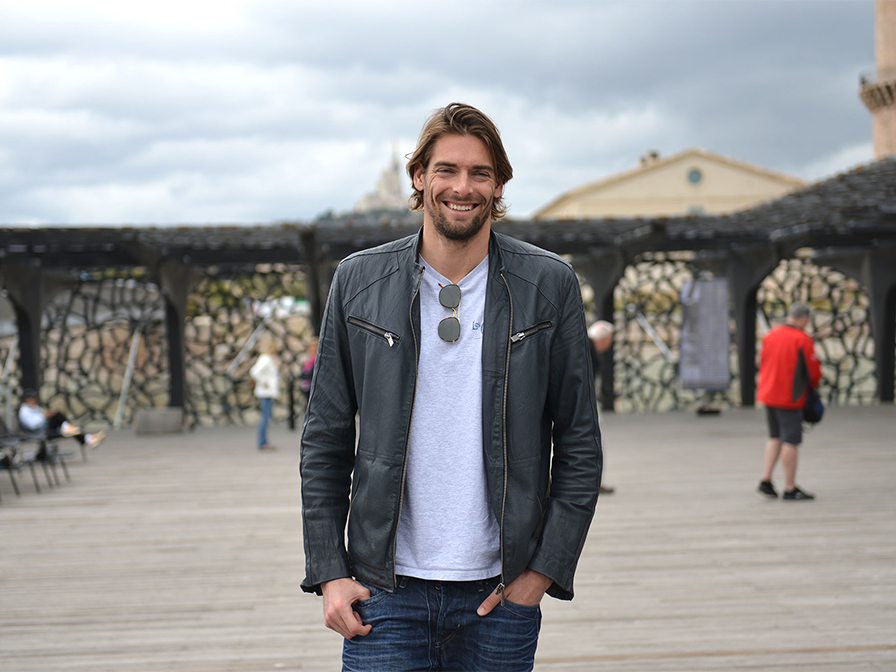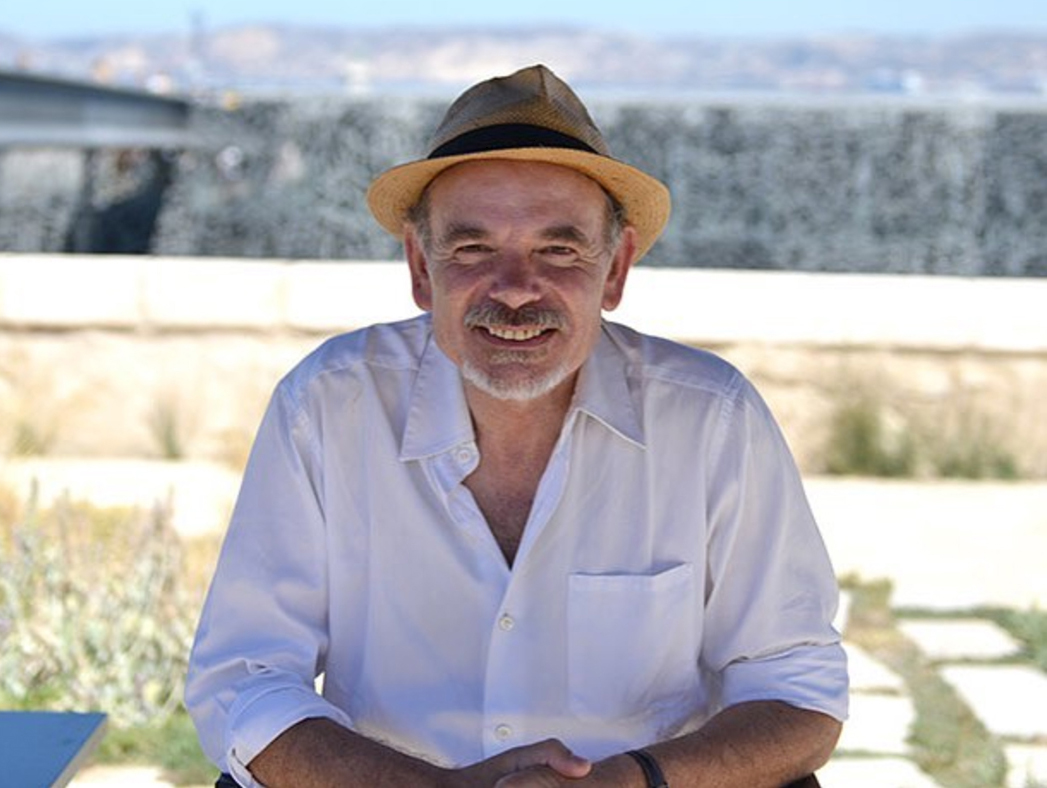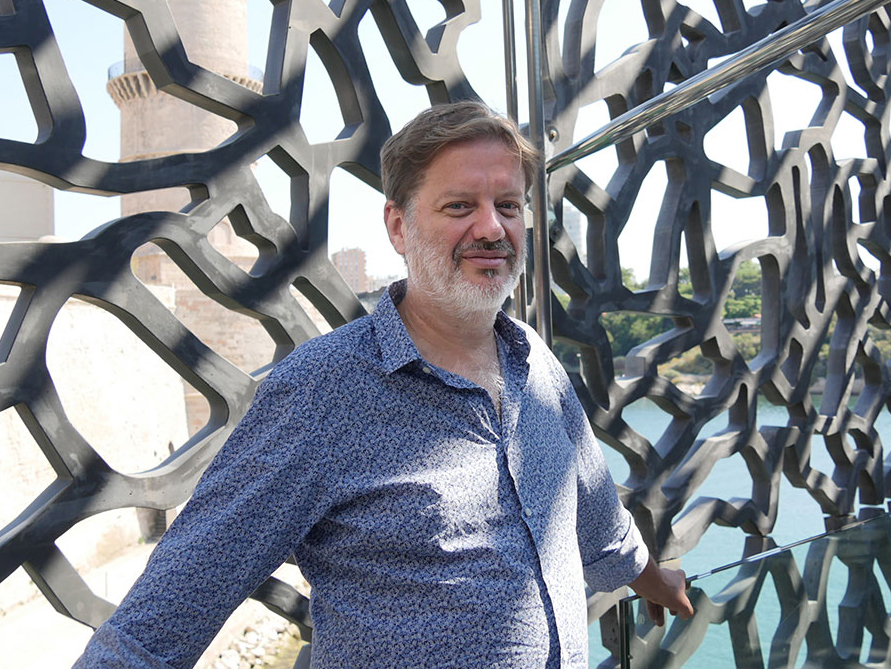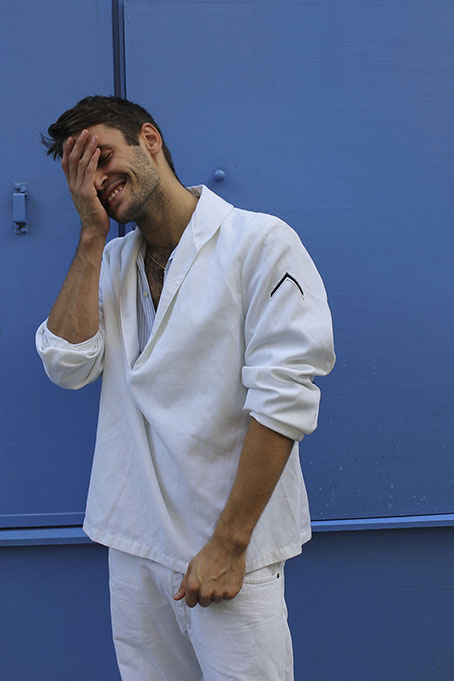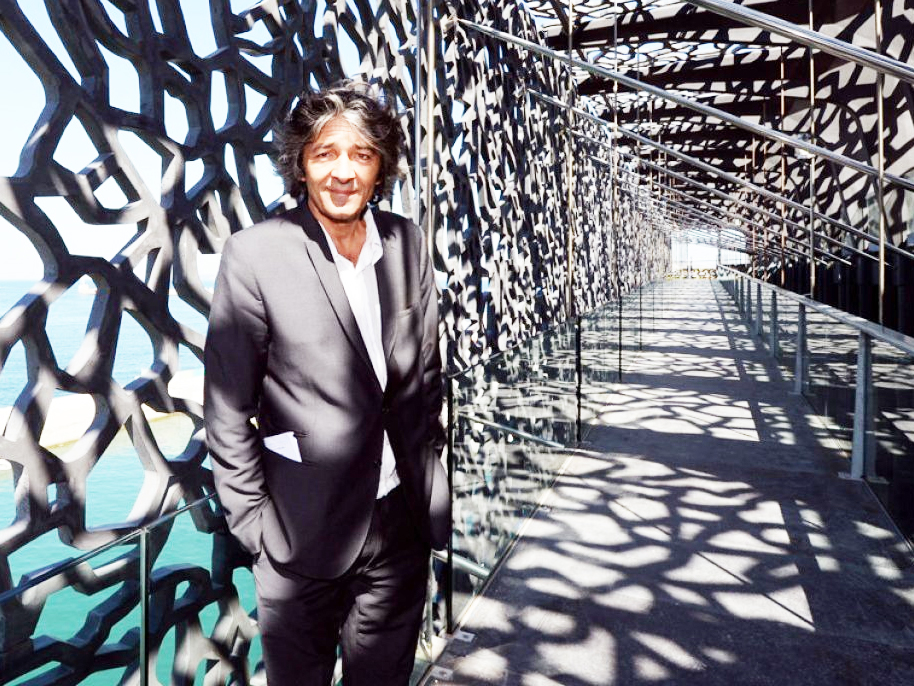French actor
“Whenever I’m in Marseille, I always come for a wander around the Mucem, using its footbridges bathed in this wonderful light, and especially to see its exhibitions that always have an interesting take on societal issues. The one I visited today “Nous sommes Foot” (We are Soccer) demonstrates how much Soccer is political. And I never get bored of this light and the way it is used by the building’s netting envelope to create a play of shadow and light. The Mucem has also helped restore a positive image to Marseille, despite it always having had a strong cultural bent. I have artist friends and what is surprising in these times where it is ever harder to “live” one’s art, in fact here in Marseille this is still possible. There always lots going on here; currently I’m shooting a film with Kad Merad, who is now a Marseillais and through whom I’m discovering some beautiful corners of the city. But what always strikes me most is this light that we have every day of the shoot and that cinema is benefiting from.”
Interview with Julie Gayet during her visit to the Mucem in December 2017, during her shoot in Marseille of the film Le Gendre de ma vie, a French comedy by François Desagnat due for release on 19 December 2018.
